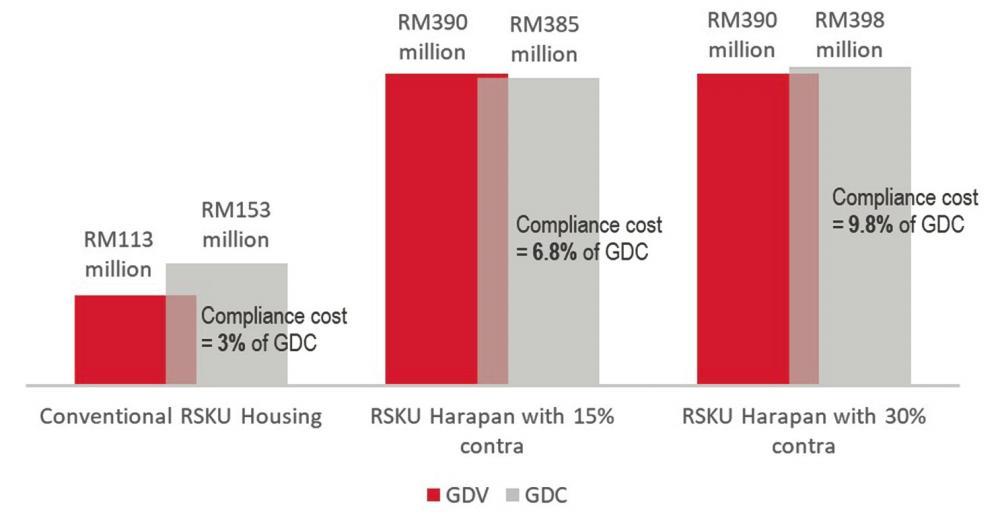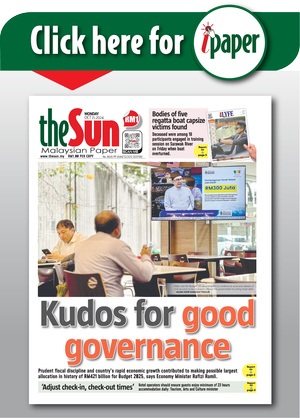THE buildability of price-controlled affordable housing is always a concern to developers, as its development cost is higher than the capped selling price, leading to the profound structural problem of cross-subsidisation in the housing market.
Working along this line, the Selangor state government has introduced an affordable housing scheme – Rumah Selangorku Harapan (RSKU Harapan) – whereby developers are allowed to change the approved RSKU development from the construction of a combination of conventional RSKU Type A, B, C, and D with capped selling prices of RM42,000, RM100,000, RM150,000 and RM200,000, to one type of RSKU Harapan with a higher selling price of RM250,000.
While the revised selling price has become more realistic, this is not necessarily translated to a higher project viability; owing to the newly imposed development conditions like: house size must not be less than 1,000 sq ft; each unit has to be equipped with air conditioners, kitchen cabinets, clothes cabinets and water heaters; each unit has to be provided with two car parks; and the allocation of 15% to 30% of the lots of RSKU Type A and B units to the state government for free in return for the exemption for the provision of the respective housing types.
For instance, assume a developer is required to build 884 units of RSKU houses consisting of 20% Type A, 20% Type B, 40% Type C, and 20% Type D on a 13-acre land located in Zone 1 of Selangor with an approved density of 68 units/acre. Since the gross development value (GDV) of the project (RM113 million) is less than its gross development cost (GDC) (RM153 million), the project suffers a deficit of RM40 million (chart).
By allowing the developer to change to the construction of 1,560 units RSKU Harapan – with a density of 120 units/acre – the GDV of the respective project increases to RM390 million, which is deemed to be financially viable compared with the construction of conventional RSKU units. However, the building of more units with bigger size and higher parking requirement also leads to a higher project GDC (RM385 million), resulting an insignificant profit after tax of 0.9%.
The viability of the project is further eroded as the developer is required to bear additional compliance costs derived from the surrender of free units based on the RSKU contra level. For the above simulation, the number of surrendered units is 53 – with a cost of RM13.25 million or 6.6% of GDC – if the minimum level of contra (15%) is applied. This cost can even go up to RM26.5 million or 9.8% of GDC, if the maximum level of 30% is applied, where the number of surrendered units is as high as 106.
Most importantly, density is still the key determinant of project viability. In case the allowable density is no longer at its maximum (120 units/acre) owing to local planning requirements and traffic conditions, the profit margin of the project will be affected, thereby offsetting any advantages that could be generated from the higher selling price.
To sum up, if the commitment of providing price-controlled affordable housing is to be preserved and furthered, measures that could really increase its buildability are simply imperative. Rather than being heavily regulated, builders need to be incentivised in order to ensure the efficiency of the housing supply side.
This article is contributed by MKH Bhd manager of product research and development Foo Chee Hung.









